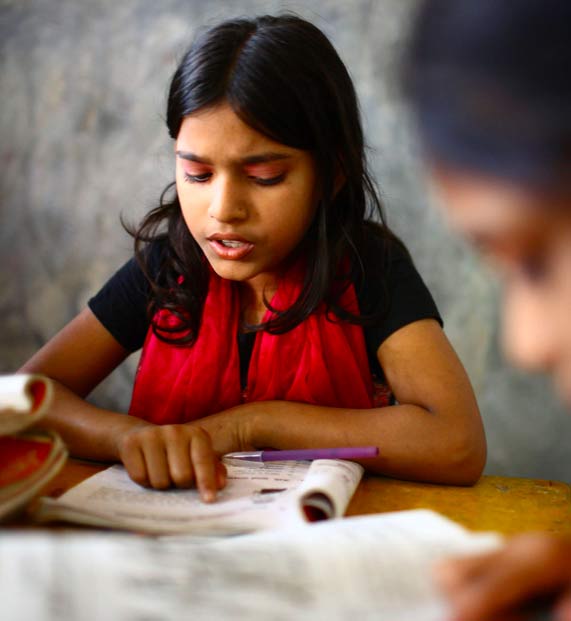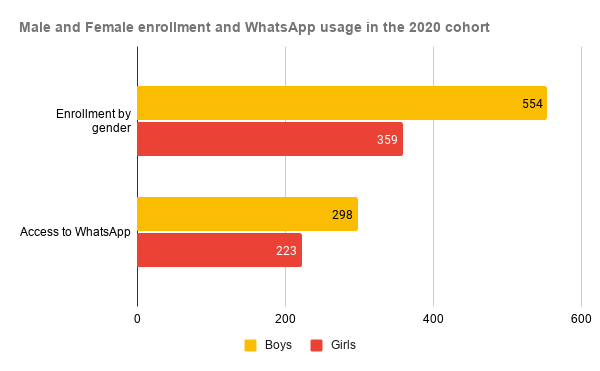|
Prakarti Walia The COVID-19 pandemic resulted in most people taking to internet-based services to communicate, educate and continue with their job responsibilities from home. Access to smartphones and data connections became all the more important in 2020; despite the growing importance of connectivity there is still a significant mobile gender gap. The GSMA, an international mobile industry monitor, published in their recent report that over 300 million fewer women than men access the internet on mobile in low and middle-income countries. The report demonstrates the wide difference in internet access among men and women, across marital status, urban-rural divides. The gender digital divide is a gender imbalance in participation in the digital world. In South-Asian countries, women are 20% less likely to access the internet than men. Only 21% of the female mobile owners access the internet in India, widening the gap even further to 50% in the country. Turn the Bus launched their pilot project to provide educational content to intermediate students in Bihar board. With most of the content available online that can only be accessed through smartphones, the students need to have access to internet connection and smartphones. The team conducted surveys and it was found that more than 60% of the girls in the cohort did not have WhatsApp or own a smartphone. However, both the genders were equally zealous to participate in the program. [1]
When asked about their inability to own a smartphone, most of the female participants cited financial constraints and household responsibilities as the reason. Cultural barriers, low technical literacy, and low perception of the value of mobile were also found to hinder their access to technology. Women often face greater barriers than men in accessing information about health, economic and financial resources relevant to their well-being. With internet access becoming a gateway to several opportunities, it is important for women to know about cutting- edge technology to equally contribute to the digital age. Women familiar with the internet and digital platforms, mobile phone usage, and electronic payments are more likely to exercise greater agency in their lives. Digital technology has posed many benefits for women and society in general, so it should be a key priority to develop policies and coordinated strategies with the industry to tap onto the unconnected market. Actions should be taken to address the structural barriers and inequalities contributing to the mobile gender gap, such as education and income inequalities as well as restrictive and harmful social norms.
0 Comments
Leave a Reply. |
Archives
March 2024
Categories |
21213 SE 42nd Pl.
Issaquah WA 98029
Issaquah WA 98029
Turn the Bus is a registered 501 (c) (3) US nonprofit organization.
© Turn the Bus. All rights reserved.
© Turn the Bus. All rights reserved.



 RSS Feed
RSS Feed
